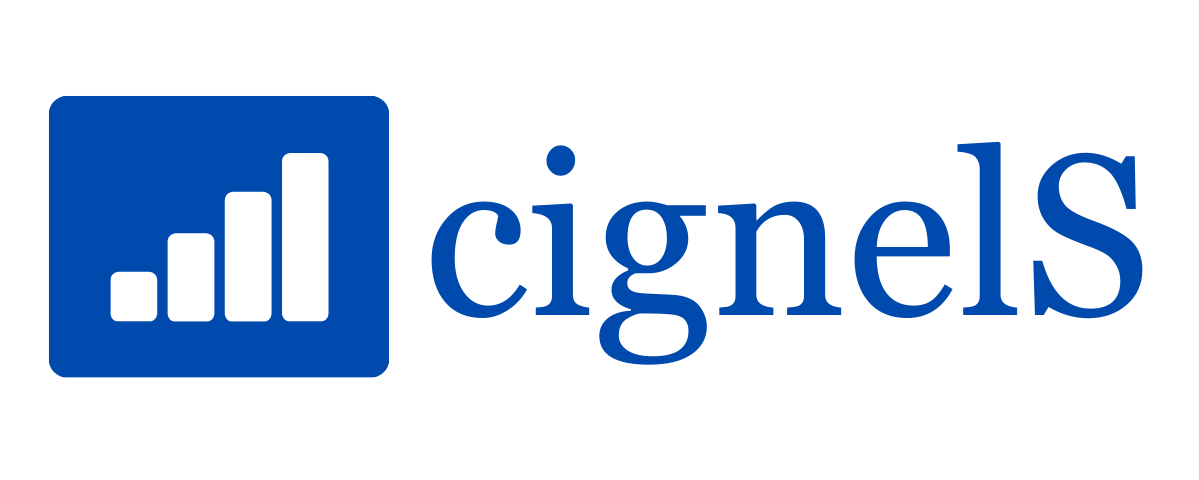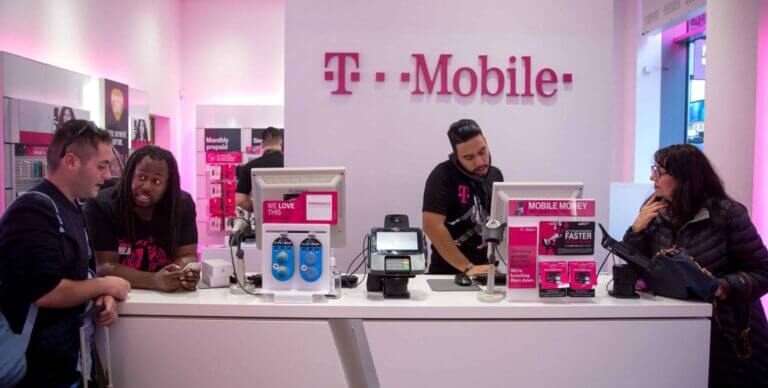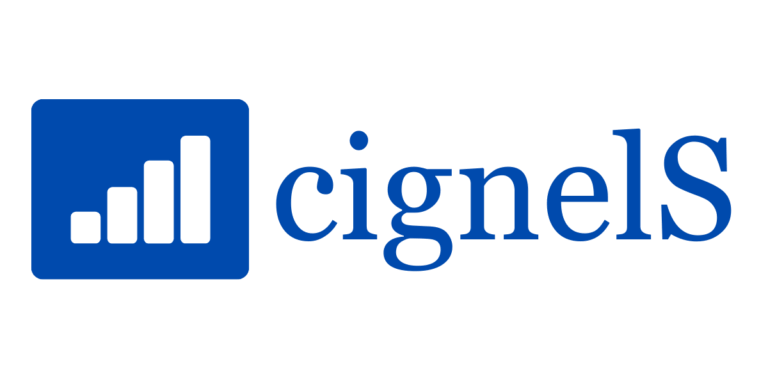How to Manage Your Data Usage While Studying in the USA

Studying in the USA is an exciting journey filled with new experiences, but it also comes with its own set of challenges—one of which is managing your mobile data usage. With the vast array of digital tools, apps, and online resources available to students, it’s easy to consume more data than expected, leading to unexpected charges or slow speeds once your data cap is reached. Fortunately, with a few smart strategies and the right eSIM plan from Cignels, you can effectively manage your data usage and stay connected without breaking the bank. Here’s how.
- Choose the Right Data Plan
The first step in managing your data usage is selecting the right data plan that suits your needs. As an international student, your data requirements may vary depending on your academic workload, social media use, and streaming habits. Cignels offers a variety of eSIM plans tailored to different data needs, allowing you to choose the one that best fits your lifestyle.
Key Considerations:
Estimate Your Usage: Before selecting a plan, estimate your monthly data usage. Consider how much time you spend on activities like streaming videos, attending online classes, or browsing the web.
Look for Unlimited Options: If you frequently use data-heavy applications, an unlimited data plan might be the best choice. Cignels offers plans that provide unlimited data at affordable rates, ensuring you don’t have to worry about exceeding your limits.
Flexible Plans: Choose a plan that allows you to adjust your data allowance as needed. This flexibility ensures you can increase or decrease your data as your needs change.
- Utilize Wi-Fi Whenever Possible
One of the most effective ways to manage your data usage is by using Wi-Fi whenever it’s available. Many universities, cafes, libraries, and public places in the USA offer free Wi-Fi, which you can use to save on mobile data.
Tips for Maximizing Wi-Fi Use:
Download Content Ahead of Time: When connected to Wi-Fi, download study materials, videos, and music for offline use. This way, you won’t need to use mobile data when accessing these resources later.
Turn Off Auto-Updates: Disable automatic updates for apps and software while on mobile data. Instead, schedule updates to occur when you’re connected to Wi-Fi.
Prioritize Wi-Fi for Data-Heavy Tasks: Reserve data-intensive activities like streaming movies or attending online lectures for when you’re connected to a reliable Wi-Fi network.
- Monitor Your Data Usage
Keeping track of your data usage is crucial to avoid overage charges and to understand how much data you’re consuming. Most smartphones and mobile apps provide tools to monitor your data usage in real-time.
How to Monitor Your Data Usage:
Use Built-In Tools: Most smartphones have built-in data tracking tools. For example, on iOS devices, you can check your data usage under “Settings > Cellular” and on Android devices, under “Settings > Network & Internet > Data Usage.”
Set Data Limits: Many devices allow you to set data limits and receive alerts when you’re close to reaching your cap. This feature helps prevent unexpected overages.
Track Usage by App: Identify which apps are using the most data. If you find that certain apps are consuming more data than expected, consider reducing your usage or switching to lighter alternatives.
- Optimize App Settings
Certain apps can consume large amounts of data, especially those that involve streaming, social media, or frequent updates. By optimizing the settings of these apps, you can significantly reduce your data consumption.
Tips for Optimizing App Settings:
Lower Video Quality: For streaming services, reduce the video quality to standard definition (SD) instead of high definition (HD) or 4K. This simple change can save a significant amount of data.
Disable Auto-Play: Many social media platforms have an auto-play feature for videos, which can consume data quickly. Disable this feature in the app’s settings.
Limit Background Data: Some apps use data even when you’re not actively using them. Disable background data for non-essential apps to conserve your data allowance.
- Use Data-Saving Apps
There are several apps designed to help you manage and reduce your data usage. These apps can compress data, block ads, and provide real-time monitoring to ensure you stay within your limits.
Recommended Data-Saving Practices:
Data Compression: Use a browser that offers data compression features, which reduces the amount of data needed to load web pages.
Ad Blockers: Ads can consume data, especially those with high-quality images or videos. Install an ad blocker to reduce data usage.
Offline Maps: When navigating, use offline maps to avoid using data for GPS services. Download maps while connected to Wi-Fi and use them without consuming mobile data.
- Take Advantage of Free Communication Apps
Staying in touch with family and friends back home is essential, but international calls and texts can quickly eat into your data allowance. Fortunately, there are free communication apps that allow you to make calls, send texts, and share media over Wi-Fi or minimal data.
How to Use Communication Apps Efficiently:
Voice and Video Calls: Use apps that allow you to make voice and video calls over Wi-Fi, reducing the need to use mobile data for international communication.
Group Chats: Save data by using group chats instead of making multiple calls or sending multiple texts.
Media Sharing: Compress images and videos before sharing them to minimize data usage.
- Plan Ahead for Travel
If you plan to travel within the USA or abroad, be mindful of your data usage while on the go. Traveling can sometimes lead to increased data consumption due to the need for navigation, booking services, and staying connected with loved ones.
Travel Data Management Tips:
Download Travel Guides: Before your trip, download travel guides, maps, and other resources for offline use.
Roaming Management: If you’re traveling outside your mobile network’s coverage, consider getting a local eSIM plan from Cignels to avoid roaming charges.
Use Airplane Mode: When you don’t need to be connected, use airplane mode to prevent unnecessary data usage while still being able to use offline apps and services.
Conclusion
Managing your data usage while studying in the USA doesn’t have to be complicated. By choosing the right plan, utilizing Wi-Fi, monitoring your usage, and optimizing app settings, you can stay connected without worrying about exceeding your data limits. Cignels offers flexible and affordable eSIM plans tailored to meet the needs of international students, ensuring you have the data you need to succeed academically and stay in touch with loved ones.
By following these tips, you can focus on your studies and enjoy your time in the USA without the stress of unexpected data charges. Stay connected, stay informed, and make the most of your academic journey with Cignels.










